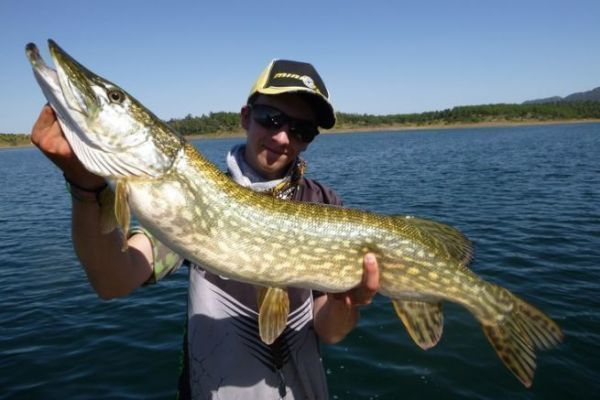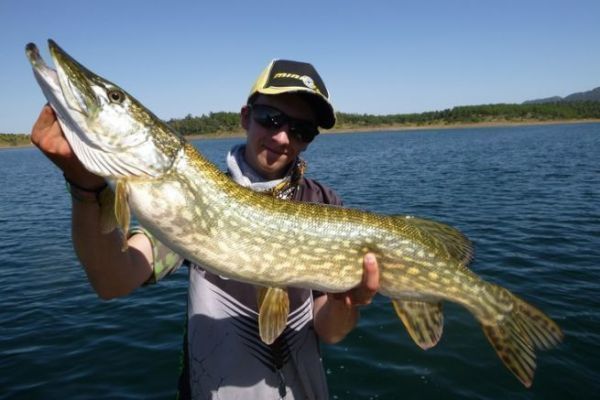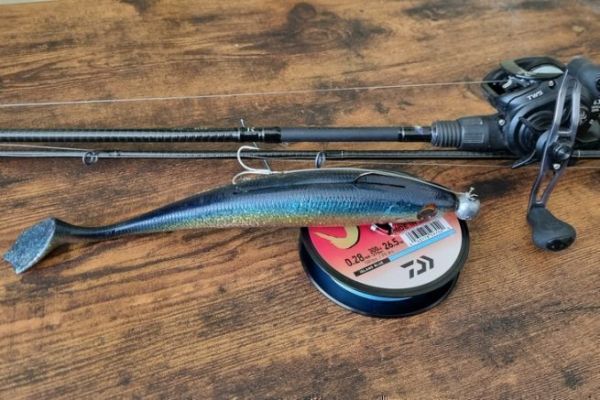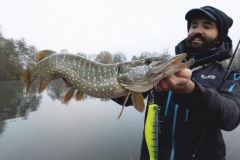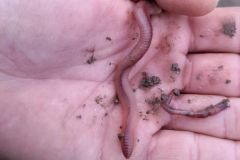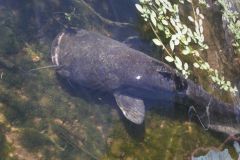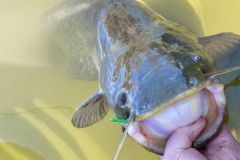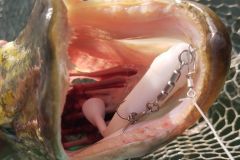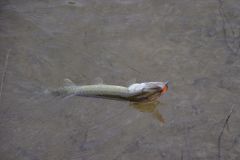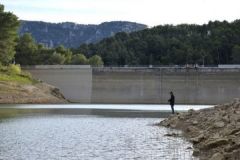Pike, a fish that doesn't always need to see the bottom
In many bodies of water with great depths, it frequently happens that some pike leave the edges altogether to live in the middle of nowhere. But if we look closely at the reasons for this behavior, it's not at all by chance.
There are many reasons why a fish may migrate. A high population of fish on the edges, for example, leading to a reduction in prey and thus increasing competition for food. Human activities, in particular heavy fishing pressure, but also all the nautical activities linked to tourism.
The last reason is surely the one that drives most fish to move: the migration of white fish towards areas where micro-organisms proliferate. As these white fish move, they take the rest of the food chain with them.
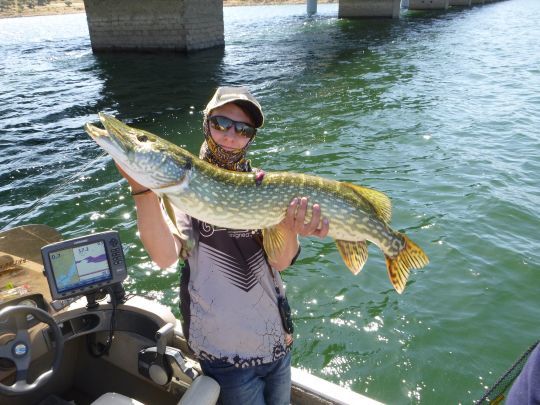
Good areas, and others totally deserted
Pelagic pike fishing isn't a haphazard affair; it's not enough to throw lures into the deep blue and pray for a hit. As with any technique, some areas are better than others, and in pelagic fishing, good areas will concentrate a lot of fish, while bad areas will be totally deserted.
Some areas are very easy to identify, such as bridges. They are often built in areas of great depth. Some bridges even harbor bird nests, creating droppings on which whitefish feed, closely followed by pike.
In winter and summer, when water and air temperatures are very different (more than 10°C apart), water movements are created. Warm water seeks to rise to the surface, while cold water sinks to the depths. This phenomenon creates currents that move food and activate fish.
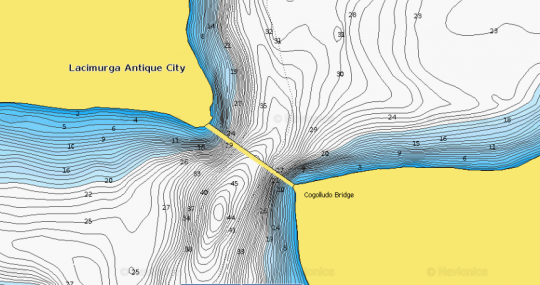
Studying maps
Most of the large lakes deep enough for pelagic fishing have already been mapped in their entirety. These bathymetric maps are available free of charge on the Internet, allowing you to analyze the bottom at home. It's important to look for areas in advance to save time when fishing.
If you want to get involved in this technique, I recommend investing in a fishfinder capable of recreating its own bottom map based on the data it receives.

 /
/ 